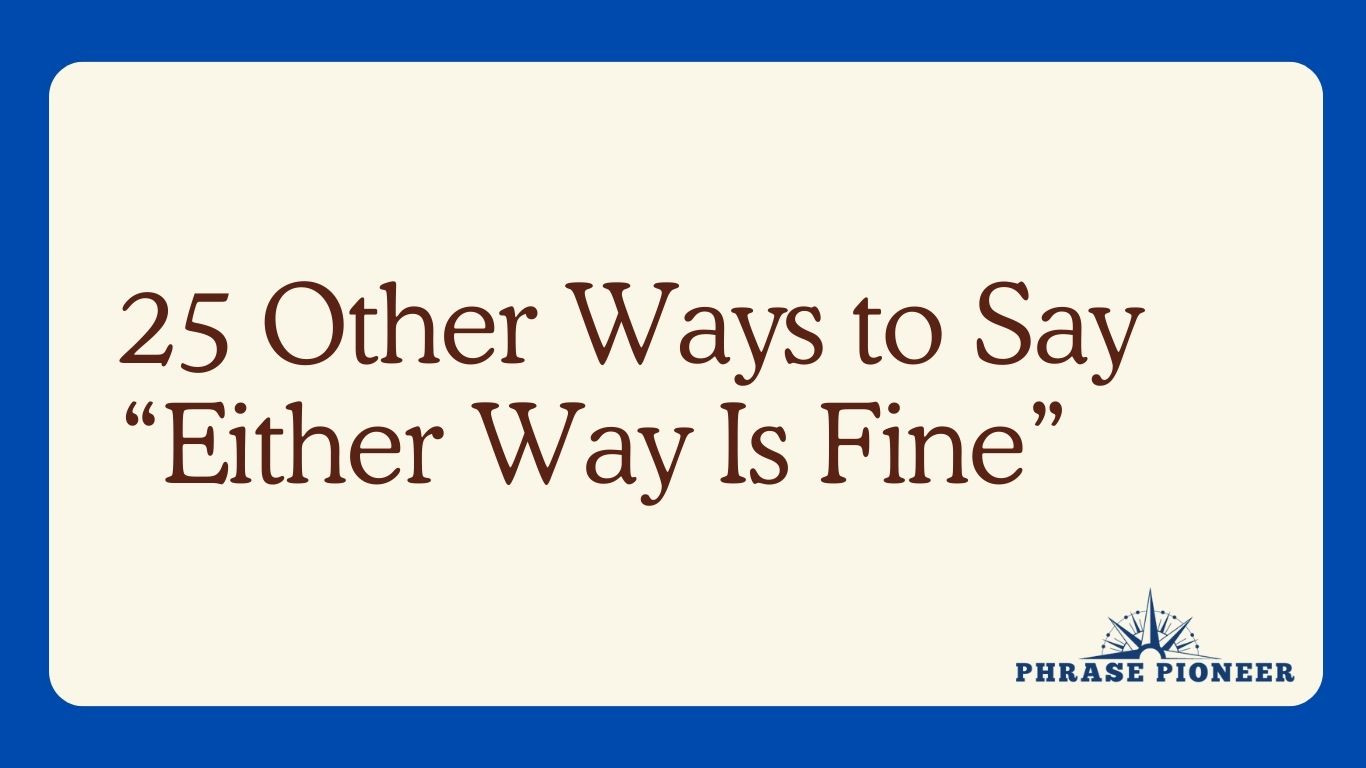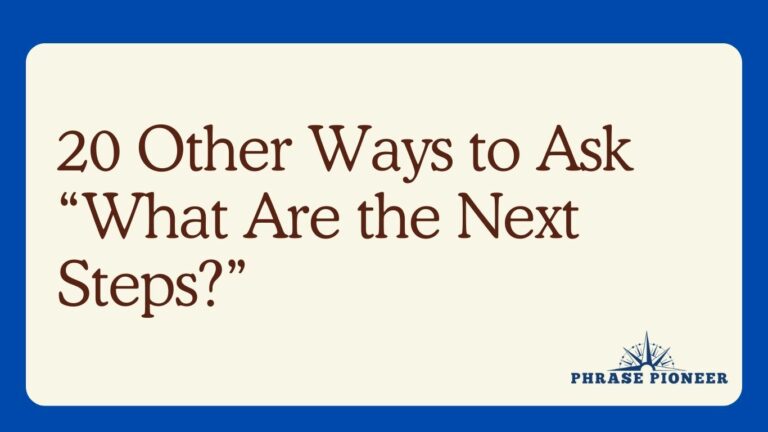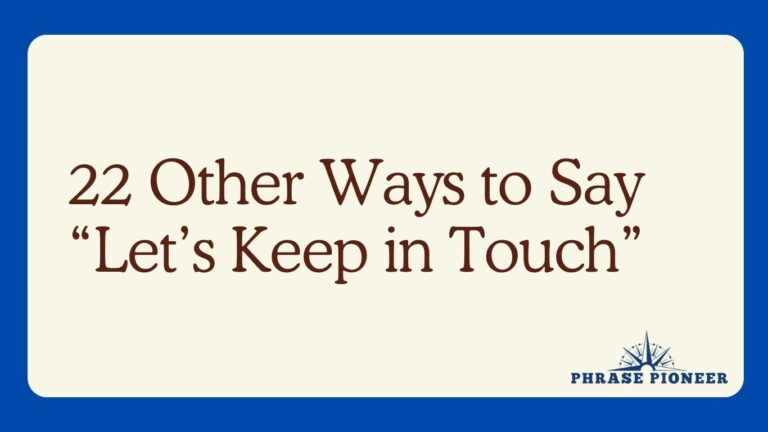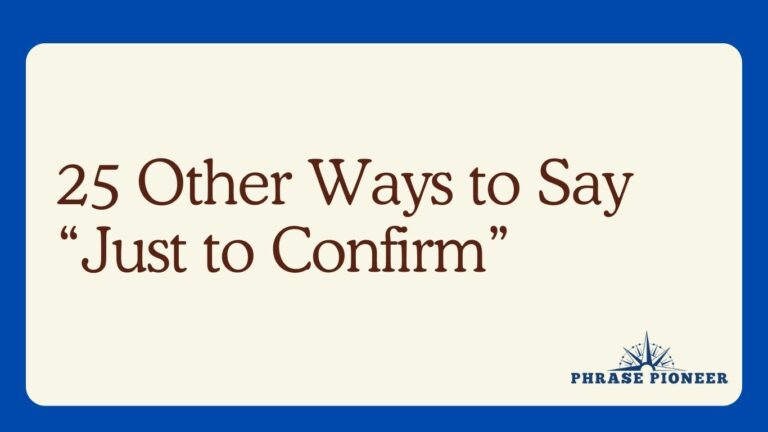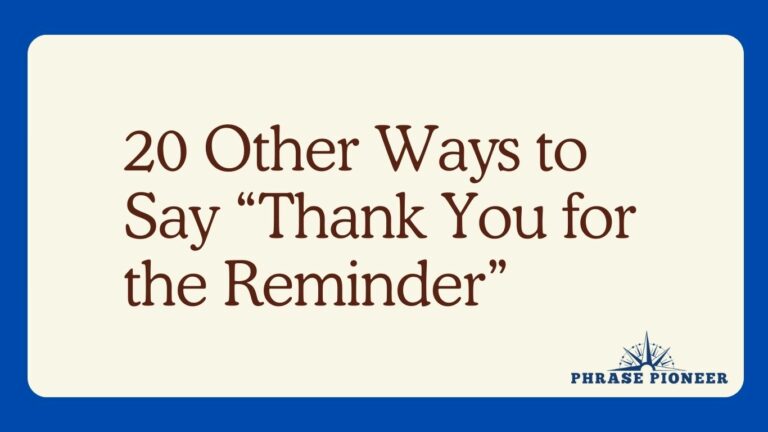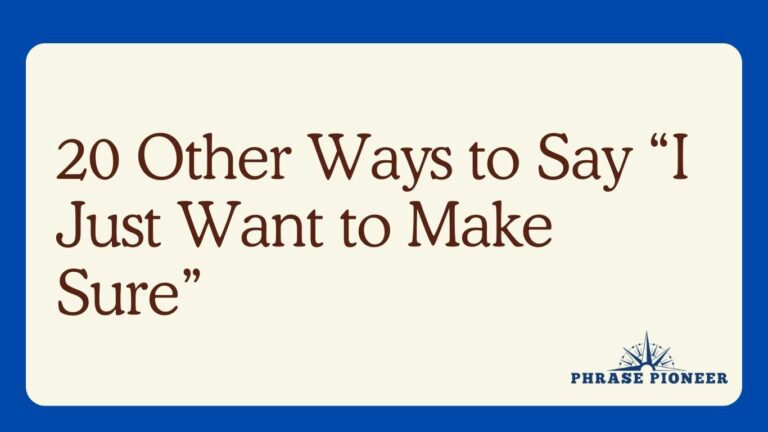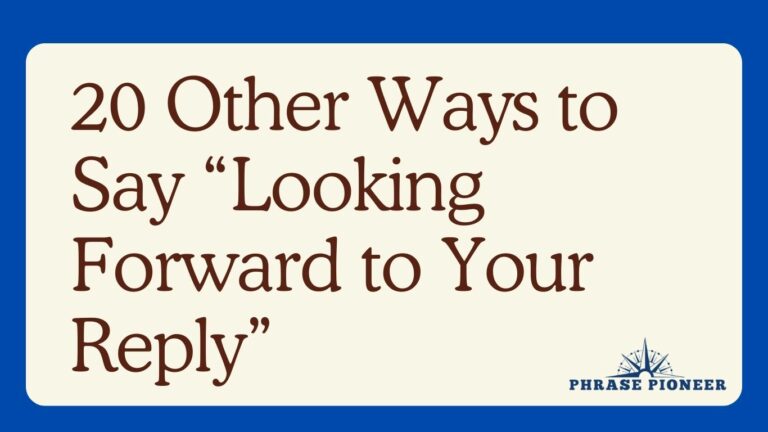25 Other Ways to Say “Either Way Is Fine”
When making decisions or giving options, showing flexibility can foster a collaborative atmosphere and encourage others to share their preferences.
If you’re aiming to convey that you’re open to different outcomes or paths, here are 25 alternative ways to say “Either way is fine.”
Each phrase comes with an example sentence and an explanation to help you communicate adaptability and even-handedness smoothly.
Expressions of Flexibility:
1. “I’m easy either way.”
- Example: “Do you want to start with appetizers or go straight to the main course? I’m easy either way.”
- Explanation: A casual and colloquial way of expressing that you’re flexible and have no strong preference.
2. “Both options work for me.”
- Example: “Should we meet online or face-to-face? Both options work for me.”
- Explanation: Clearly communicates that you’re agreeable to all the presented choices.
3. “I don’t have a preference either way.”
- Example: “Would you like the window or aisle seat? I don’t have a preference either way.”
- Explanation: Indicates a lack of bias toward one option over another.
4. “I’m open to both possibilities.”
- Example: “We can travel by car or train to the conference—I’m open to both possibilities.”
- Explanation: Shows an embracing attitude towards multiple options.
5. “Whichever suits you best.”
- Example: “Shall we use email or a messaging app for communication? Whichever suits you best.”
- Explanation: You give the other person the agency to choose the option that they find most convenient.
Agreeable Statements:
6. “I’m comfortable with any choice.”
- Example: “For dinner, we can cook at home or order in—I’m comfortable with any choice.”
- Explanation: Conveys a level of comfort and satisfaction with whatever decision is made.
7. “You can’t go wrong with either.”
- Example: “We could implement Plan A or B next quarter; you can’t go wrong with either.”
- Explanation: Suggests that both alternatives are equally good and risk-free.
8. “I’ll leave it up to you.”
- Example: “For our project’s color scheme, yellow or green? I’ll leave it up to you.”
- Explanation: A way of delegating the decision to someone else while showing trust in their judgment.
9. “Feel free to decide.”
- Example: “Should the meeting be in-person or virtual? Feel free to decide.”
- Explanation: Grants permission for the other party to make a unilateral decision.
10. “Whatever you think is best.”
- Example: “Would you like to postpone or proceed with the plan? Whatever you think is best.”
- Explanation: Communicates trust in the other person’s decision-making.
Neutral Positioning:
11. “I’m indifferent to the choice.”
- Example: “We can invest in stocks or bonds next—I’m indifferent to the choice.”
- Explanation: Expresses a neutral stance without leaning toward one particular option.
12. “Any option is acceptable.”
- Example: “We can start the workshop with a lecture or interactive session—any option is acceptable.”
- Explanation: Affirms that either choice will be met with approval.
13. “I’m content with whatever you pick.”
- Example: “Location for our holiday is your call—I’m content with whatever you pick.”
- Explanation: Shows willingness to accept the other person’s selection without reservations.
14. “I’m equally satisfied with both.”
- Example: “For the logo design, abstract or literal? I’m equally satisfied with both.”
- Explanation: Communicates an equal level of satisfaction with either scenario.
15. “No strong feelings here.”
- Example: “Should we scale up slowly or rapidly? No strong feelings here.”
- Explanation: Indicates a lack of intense opinion or investment in the decision at hand.
Subtle Suggestion:
16. “Pick what’s most convenient for you.”
- Example: “If you prefer an early or late check-out, pick what’s most convenient for you.”
- Explanation: Suggests that the other person’s ease should guide the decision.
17. “I support any direction you choose.”
- Example: “Do you want to pursue the partnership or go it alone? I support any direction you choose.”
- Explanation: Indicates backing for the person’s decision, no matter what it may be.
18. “It makes no difference to me.”
- Example: “Would you like the payment in installments or a lump sum? It makes no difference to me.”
- Explanation: Highlights the lack of impact the choice has on you personally.
19. “Each way has its merits.”
- Example: “Shall we focus on domestic or international clients? Each way has its merits.”
- Explanation: Puts forward an informed but impartial perspective that values both options.
20. “I lean towards no particular option.”
- Example: “It’s your decision whether to choose the traditional or modern approach; I lean towards no particular option.”
- Explanation: Implies an equitable stance without bias toward any side.
Considerate Declarations:
21. “I’m pleased with either selection.”
- Example: “We can offer the client Package A or B—I’m pleased with either selection.”
- Explanation: Conveys your satisfaction and comfort with either choice.
22. “I’ll happily go with your preference.”
- Example: “For our anniversary celebration, indoor dining or a picnic? I’ll happily go with your preference.”
- Explanation: Shows a cheerful willingness to align with the other person’s choice.
23. “I leave it in your capable hands.”
- Example: “The marketing strategy is robust either route; I leave it in your capable hands.”
- Explanation: Entrusts the decision to someone else, highlighting confidence in their capability.
24. “I concur with any conclusion.”
- Example: “If you’d prefer to hire externally or promote from within, I concur with any conclusion.”
- Explanation: States your agreement with the outcome, irrespective of which it might be.
25. “Both ways suit me well.”
- Example: “Would you prefer to start the season in spring or fall? Both ways suit me well.”
- Explanation: Communicates that you find both paths equally fitting and that they conform well with your requirements or desires.
Utilizing these various expressions can showcase your flexible nature, making the decision-making process smoother for everyone involved.
It’s especially useful when you are genuinely open-minded or when deferring to the preferences of others is strategically advantageous.
By phrasing your flexibility in different ways, you give others the space to express their opinions freely, potentially leading to more harmonious and balanced interactions.

